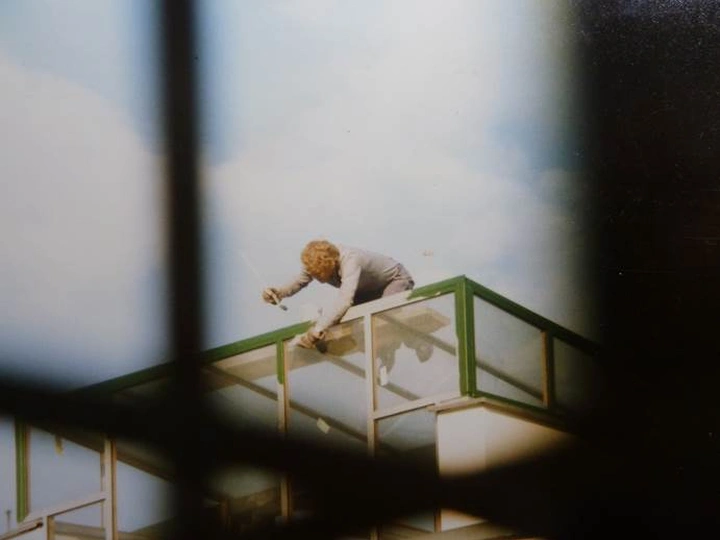Spaces between us

Marta Cassany
Arianna Frascoli
Marta Locarno
Isolde Michelazzi
Maria Minić
Maša Mori
Beatrice Pedrotti
Elisa Sassi
We are a network that grows and evolves through collective dialogue and constant exchange: a safe space to freely think, experiment, share, experience and imagine change around the things we care about most.
Having met during our studies, we are, first and foremost, dear friends with a common wish to challenge the established architectural practices and academic environments we encountered.
Our approach seeks to question the dominant idea of architecture merely associated with the act of building by exploring alternative verbs for planning and design: converting, transforming, re-appropriating, re-shaping, co-habiting, in-habiting, protesting, desiring, imagining.
Through an oscillation between research and practice we wish to develop methods that meaningfully include diverse places and people in processes that are sensitive to the traces architecture leaves on both the environment and communities.
In a time of multiple crises we believe in togetherness over individualism.
We are :
Ludovica Brizio IT - CH // practice // project leader at ACAU in Geneva
Marta Cassany ES - FR - CH // practice // architect at BRUTHER in Zürich and Paris
Arianna Frascoli IT - CH // practice, teaching // teaching assistant at Muck Petzet chair of sustainable design in AAM USI, member of la-clique and independent architect
Marta Locarno IT - CH // practice // project leader at Luca Pessina Architekten in Zürich
Isolde Michelazzi IT // practice // project leader at Arassociati in Milan and indipendent architect
Maria Minić IT - RS - UK // research, practice // PhD candidate at Kingston University London and independent architect
Maša Mori SI - DE // practice, teaching // teaching assistant at Karlsruher Institut für Technologie and independent architect
Beatrice Pedrotti IT // practice // architect at Campomarzio in Trento and indipendent architect
Elisa Sassi IT - CH // practice // project leader at Camponovo Baumgartner in Zürich
Would you like to come in?
One winter afternoon in Kreuzberg, we were standing by Wohnhof LiMa - one of Herman Hertzberger's visionary projects. Gabriella, a longtime resident, told us its story: how it was built through a participatory process, and how the collective spirit is being challenged by changing ownership structures and new neighbours coming in.
/
Can we grasp the social power that unfolds in and around the built?
How does architecture shape the social fabric of communities and cities?
Do dwellers’ experiences reshape our collective sense of the city?
/
Starting from LiMa, we explore models for collective maintenance and care in the life of housing beyond its construction. In the European frightening context of a strong individualisation of ‘home’ and an upgrowing housing crisis, there is an urgent need for social and spatial tools that support shared living-tools that affirm the right to inhabit collectively.
Our project develops in two phases:
- Research: an ethnographic and spatial radiography of LiMa’s social dynamics.
- Co-design: developing models for residents’ participation in later stages of a building’s life, encompassing economic, social, regulatory and technical aspects.
We advocate for a shift in architectural practice towards engagement that extends beyond design and construction into care, adaptation and long-term collaboration.
By focusing on LiMa, we aim to support residents in their struggle to protect the building’s collective spirit and social structure in view of changing property relations, while co-producing knowledge that can inform a broader set of practices and policies on the potentials of participation in the post-occupancy life of buildings.
The outcome will be a publicly accessible toolkit for reclaiming agency in inhabited spaces. We will share this with professionals, activists, and institutions to push for policies that value the social and spatial dimensions of shared living environments.